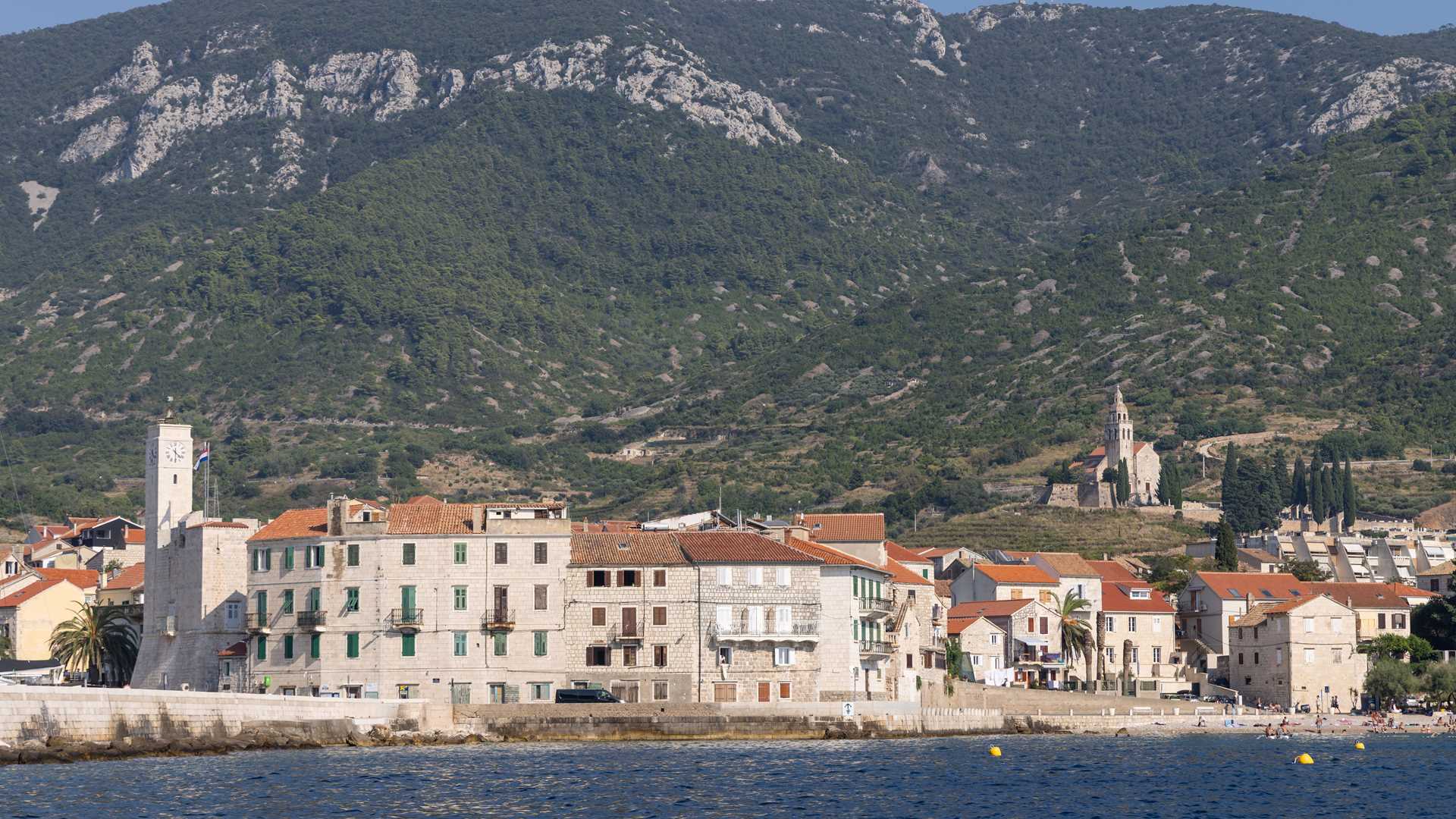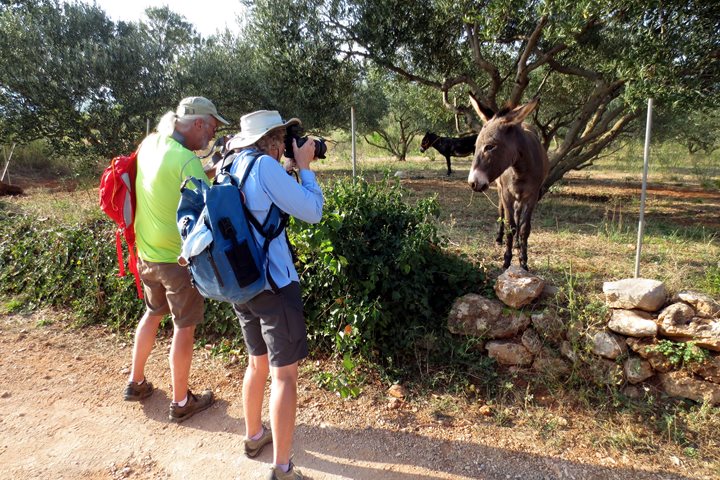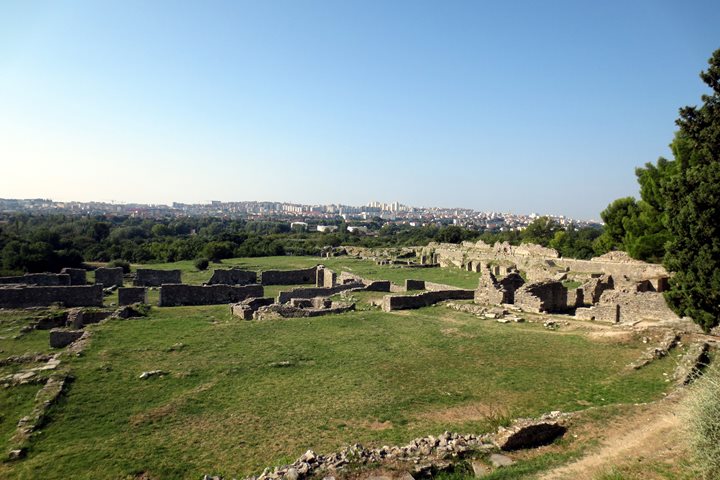After a refreshing sail along the Vis archipelago, Sea Cloud anchored in front of the town of Komiža last night. As the morning began, our early risers were greeted with a picturesque view of this small town on the island of Vis, the farthest populated island off the Croatian mainland.
Vis was inhabited during the Neolithic period, and in the 4th century BC was a Greek colony; here we find the oldest city in Croatia (also named Vis). In terms of geology, this is the most attractive area of the Adriatic, made from the oldest and the youngest formations of rock.
Our morning program was divided into two groups. The first started with a walking tour in the town of Komiža where we observed gajeta falkuša —Komiža's traditional historical fishing boat —protected as a national object of intangible cultural heritage. We continued through the small streets of Komiža to Saint Mary’s Church (or Our Lady of the Pirates); this beautiful 16th century gothic church is home to one of the oldest church organs in Croatia, from the 17th century.
Afterwards, we visited Geopark Vis Archipelago visitor center where we learned about the geology in this area and the types of rocks found here, particularly volcanic rock. Such rocks are unique in the Adriatic region, and are easily distinguished from the predominantly sedimentary rocks of other Adriatic islands.
While we were exploring Komiža, the second group of Sea Cloud guests took coaches to learn about the island’s more recent history. During World War II, the island was the headquarters of the Yugoslav Partisan movement; after the war, Vis served as a naval base for the Yugoslav Army. During this period Tito built secret tunnels and caves throughout the island to shelter from enemies.
After a scenic drive we visited the family restaurant Roki, where they maintain a 200-year-long winemaking tradition. We tasted four different local wines and various local dishes. We especially enjoyed the traditional meal Peka — meat with potatoes and vegetables, slowly cooked under the iron bell, heated by coal and fire for two hours.
After this exquisite meal and busy morning, we headed back to Komiža where some of us enjoyed the local beaches and the sea, while other guests decided to explore the city. Captain Komakin surprised our guests with swimming time from the ship, so we all cooled down in the perfectly blue Adriatic Sea.






